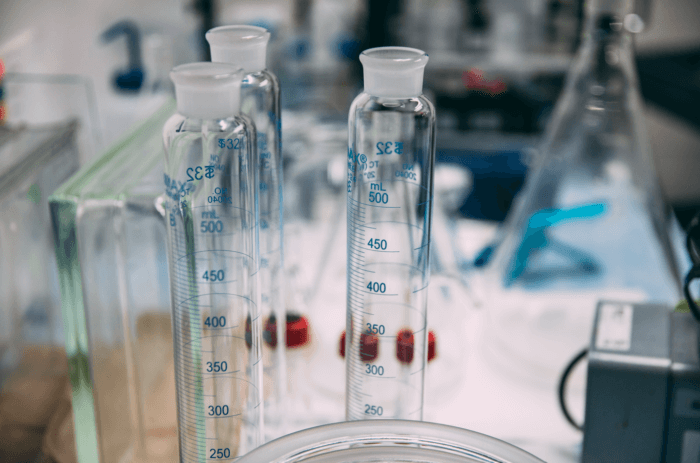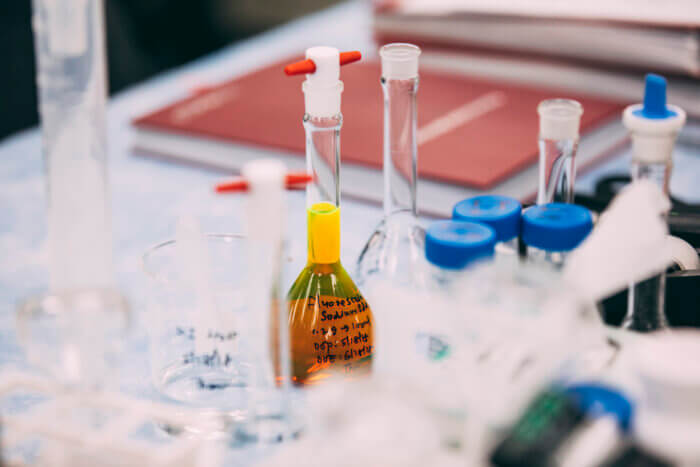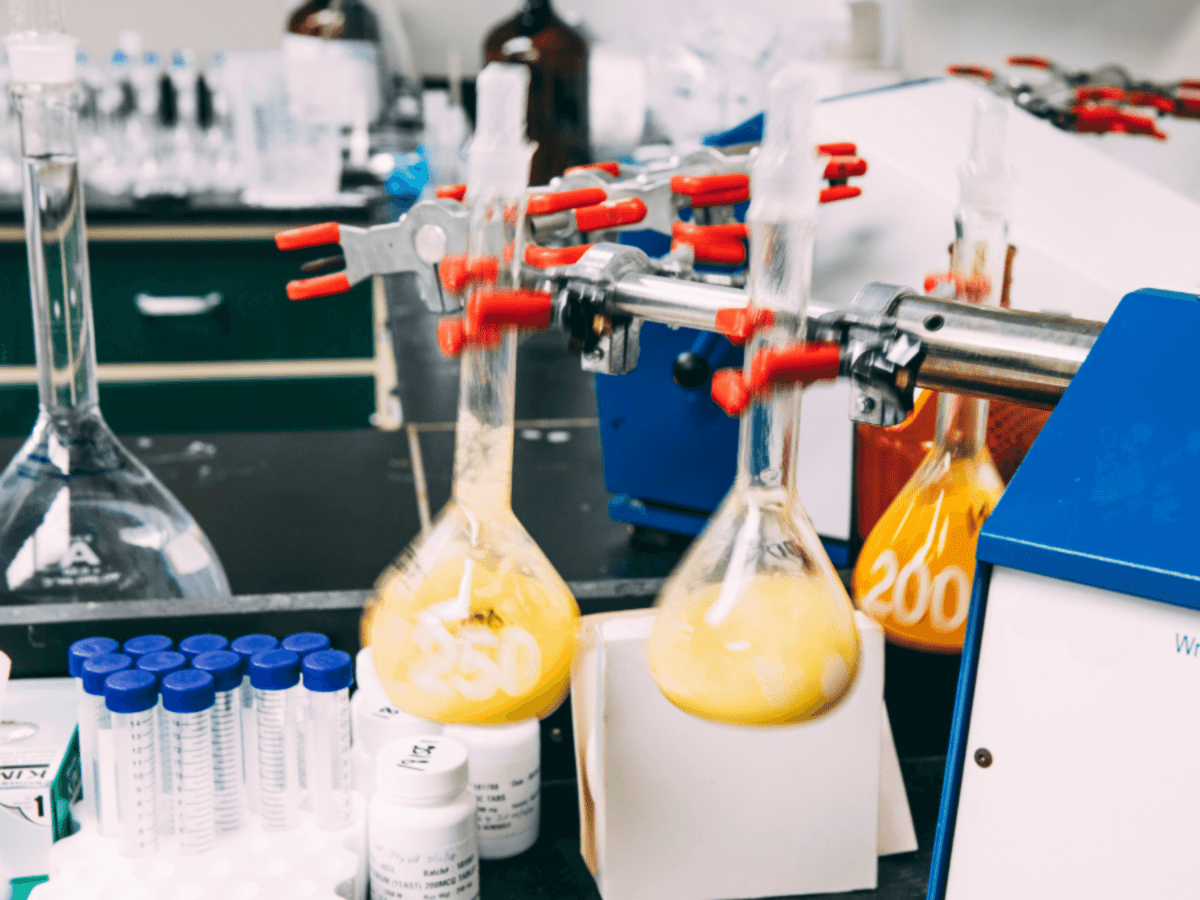Cannabis-derived products are quickly gaining in popularity amongst health and wellness seekers. With the increasing legalization of cannabis, the market for items like oils, beauty and skincare essentials, and gummies is exploding as these products are starting to appear everywhere. And as more products appear, so do the contaminants that may be unintentionally present, but posing very real health risks to consumers.

Here’s an overview of the top five most common contaminants and how to avoid them:
- Heavy metals: Certain metals like lead, mercury, arsenic, and cadmium are contaminants that have toxic effects on the body. To minimize exposure to heavy metals, consider the following measures:
- Choose reputable brands and manufacturers that adhere to strict quality control standards.
- Look for products that have been tested by third-party laboratories for heavy metal contamination and have test results available for review.
- Opt for organically grown cannabis, as it may be less likely to contain heavy metals from contaminated soil.
- Pesticides and herbicides: Agricultural chemicals used in the cultivation of plants, including cannabis, can leave residues that may be harmful if consumed. To minimize exposure:
- Choose organic products that are certified free from synthetic pesticides and herbicides.
- Look for certifications such as “USDA Organic” or “Certified Organic” that ensure the products meet organic standards.
- Familiarize yourself with the regulations in your country or region regarding pesticide use in cannabis cultivation.
- Microorganisms: Cannabis products can harbor harmful microorganisms such as bacteria, fungi, yeast and molds. These contaminants can pose health risks, especially for individuals with weakened immune systems. To reduce the risk of microbial contamination:
- Ensure proper storage conditions, such as keeping products in a cool, dry place, to prevent the growth of microorganisms.
- Check for product expiration dates and use products within the recommended timeframe.
- Choose manufacturers that follow good manufacturing practices (GMP) guidelines, which include measures to prevent microbial contamination during the production process.
- Residual solvents: In the case of cannabis products, some extraction methods involve the use of solvents like butane or ethanol. If not properly removed, these solvents can remain in the final product and pose health risks. To avoid exposure to residual solvents:
- Look for products that have been tested by third-party laboratories for residual solvent content.
- Choose products that have undergone processes like winterization, which helps remove residual solvents.
- Mycotoxins: These are toxic substances produced by certain molds that can contaminate cannabis-based products. To minimize exposure:
- Ensure proper storage conditions to prevent mold growth. Keep products dry and avoid exposing them to moisture.
- Check for visible signs of mold or unusual odors before consuming.

It’s important to note that vitamins are not exempt from possible contamination as well. If you’re a vitamin and dietary supplement consumer, follow similar guidelines to check if your manufacturer is a cGMP facility and provides traceability information like a certificate of analysis to ensure quality control.
If you do your research and make sure your product has been tested by third-party labs for contaminants, then you can rest assured that your cannabis products (and vitamins/supplements) are free of these pesky toxic substances.
And if you’re a manufacturer looking for a third-party testing laboratory for your full array of cannabis or vitamin products, reach out to Botannis Labs Inc., a NY State OCM licensed, FDA-inspected, ISO Certified, cGMP product testing lab, with a team of experts that will help assure the safety of your products to your consumers.





































